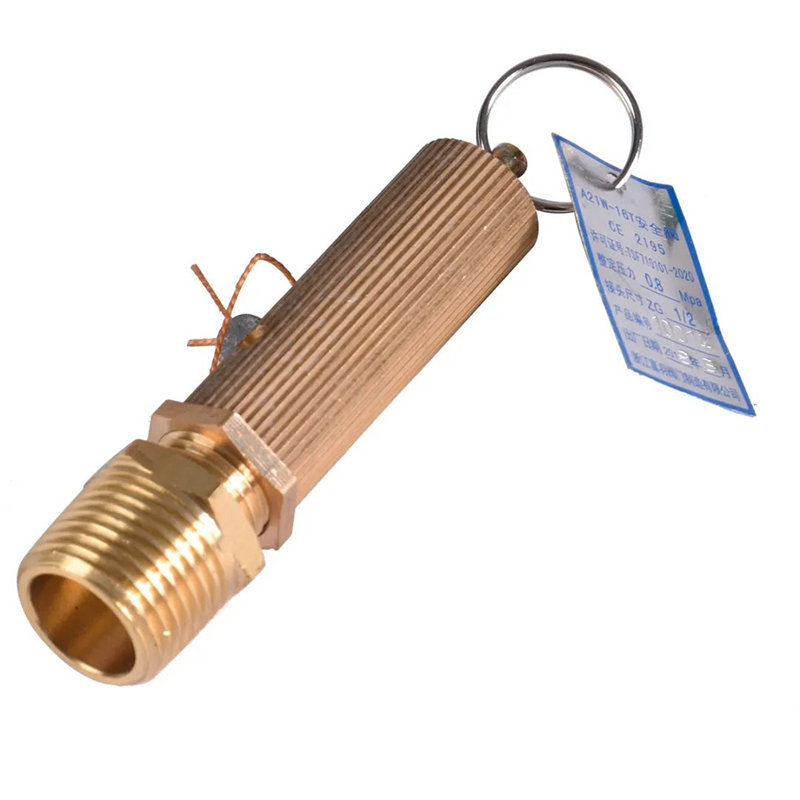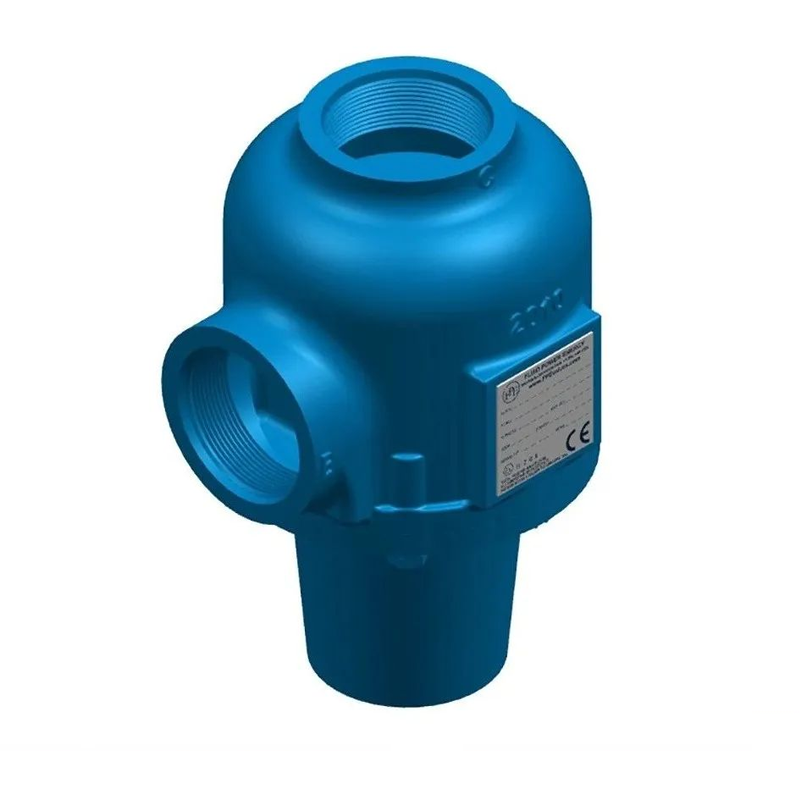The operation of an air compressor is indispensable with the support of various valve accessories. There are 8 common types of valves in air compressors.

Intake valve
The air intake valve is an air intake control combination valve, which has the functions of air intake control, loading and unloading control, capacity adjustment control, unloading, preventing unloading or fuel injection during shutdown, etc. Its operating rules can be summarized as: loading when power is available, unloading when power is lost. . Compressor air inlet valves generally have two mechanisms: rotating disc and reciprocating valve plate. The air inlet valve is generally a normally closed valve to prevent a large amount of gas from entering the machine head when the compressor is started and increasing the motor starting current. There is an intake bypass valve on the intake valve to prevent a high vacuum from forming in the machine head when the machine is started and no-load, which affects the atomization of lubricating oil.
Minimum pressure valve
The minimum pressure valve, also known as the pressure maintenance valve, is located at the outlet above the oil and gas separator. The opening pressure is generally set to about 0.45MPa. The function of the minimum pressure valve in the compressor is as follows: to quickly establish the circulating pressure necessary for lubrication when the equipment is started, to avoid equipment wear due to poor lubrication; to act as a buffer, to control the gas flow rate through the oil and gas separation filter element, and to prevent damage by high-speed air flow The oil and gas separation effect brings the lubricating oil out of the system to avoid excessive pressure difference on both sides of the oil and gas separation filter element from damaging the filter material; the check function functions as a one-way valve. When the compressor stops working or enters the no-load state, the pressure in the oil and gas barrel drops, and the minimum pressure valve can prevent the gas from the gas storage tank from flowing back into the oil and gas barrel.

safety valve
Safety valve, also called relief valve, plays a safety protection role in the compressor system. When the system pressure exceeds the specified value, the safety valve opens and discharges part of the gas in the system into the atmosphere so that the system pressure does not exceed the allowable value, thereby ensuring that the system does not cause an accident due to excessive pressure.

Temperature control valve
The function of the temperature control valve is to control the exhaust temperature of the machine head. Its working principle is that the temperature control valve core adjusts the oil passage formed between the valve body and the shell by extending and contracting according to the principle of thermal expansion and contraction, thereby Control the proportion of lubricating oil entering the oil cooler to ensure that the rotor temperature is within the set range.
The electromagnetic valve
The solenoid valve belongs to the control system, including a loading solenoid valve and a venting solenoid valve. Solenoid valves are mainly used in compressors to adjust the direction, flow rate, speed, on-off and other parameters of the medium.
Inverse proportional valve
The inverse proportional valve is also called a capacity regulating valve. This valve only takes effect when the set pressure is exceeded. The inverse proportional valve is generally used in conjunction with the butterfly air intake control valve. When the system pressure increases due to the reduction in air consumption and reaches the set pressure of the inverse proportional valve, the inverse proportional valve operates and reduces the control air output, and the compressor air intake is reduced to the same level as the system. Air consumption is balanced.
Oil shut-off valve
The oil cut-off valve is a switch used to control the main oil circuit entering the screw head. Its main function is to cut off the oil supply to the main engine when the compressor is shut down to prevent lubricating oil from spraying out from the main engine port and oil backflow at the moment of shutdown.
One-way valve
One-way valve is also called check valve or check valve, commonly known as one-way valve. In the compressed air system, it is mainly used to prevent the compressed oil-air mixture from suddenly back-injecting into the main engine during sudden shutdown, causing the rotor to reverse. The one-way valve sometimes does not close tightly. The main reasons are: the rubber sealing ring of the one-way valve falls off and the spring is broken. The spring and rubber sealing ring need to be replaced; there is foreign matter supporting the sealing ring, and the impurities on the sealing ring need to be cleaned.
Post time: May-08-2024









